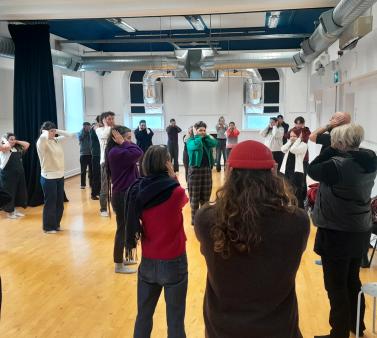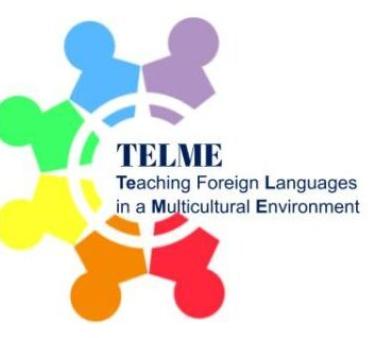Objectives
This degree provides general theory-based training focused on the knowledge, analysis and interpretation of artistic creations and archaeological remains with the objective of giving students a historical perspective and an understanding of societies and restoring civilizations.
It covers a broad chronology from Prehistory to the Late Modern Period, meaning that all major periods in the history of art and archaeology are addressed, and encompasses a broad geographical and cultural field, from Western Europe to the Near East.
The course provides students with a comprehensive general knowledge in the history of art and archaeology.
Art History: equips students with the necessary skills and methodology to consider the processes of creation, manufacture, interpretation and dissemination (works of art, objects, monuments, sites, collections), by cross-referencing historical, cultural, technical and aesthetic data.
Archaeology: students will progressively learn the fundamentals (taught by university lecturers and industry professionals from CNRS-DRAC (French National Centre for Scientific Research and Regional Archaeological Services in Regional Directorates for Cultural Affairs) and SRA-INRAP (Regional Archaeological Services and French National Institute for Preventive Archaeological Research). Complemented by courses on disciplinary methods and compulsory field placements, students will gain proficiency in intellectual and practical tools.
Skills
-
Using general artistic culture and disciplinary methods to study artistic production and archaeological objects, historiography.
-
Using knowledge from related disciplines (history, anthropology, humanities, philosophy, sociology) to contextualize productions and identify the essential elements of a tangible culture in a chronocultural framework.
-
Using disciplinary and transdisciplinary knowledge to conduct a visual analysis of objects and the methods adapted to this analysis (description, commentary, etc.).
-
Identifying descriptive and critical terminology in a historiographical approach.
-
Identifying the organizations responsible for the management, conservation and trade of artistic productions and archaeological objects.
-
Mobilizing the scientific concepts and questions required in the study of archaeological sites, inventorying and replacing archaeological records during an archaeological excavation.
Course Content
There are two pathways in this degree: Art History and Archaeology.
The one-year Bachelor’s Degree (Licence 1) (first-year common syllabus) is a discovery year with some electives that prefigure the pathways.
From semester 3 onwards, specific modules introduce the two pathways. Some classes are shared with the Bachelor’s Degree in Humanities, Classical Culture and European Modernity pathways (CCME).
Year 1 focuses on acquiring terminological and technical knowledge and introduces methodological issues.
Year 2 covers themed content, providing a deeper understanding of methodological approaches.
Year 3 adopts a problematized approach in both pathways. Students can follow a joint course in art history and archaeology or combine it with another course (law, history, philosophy).




